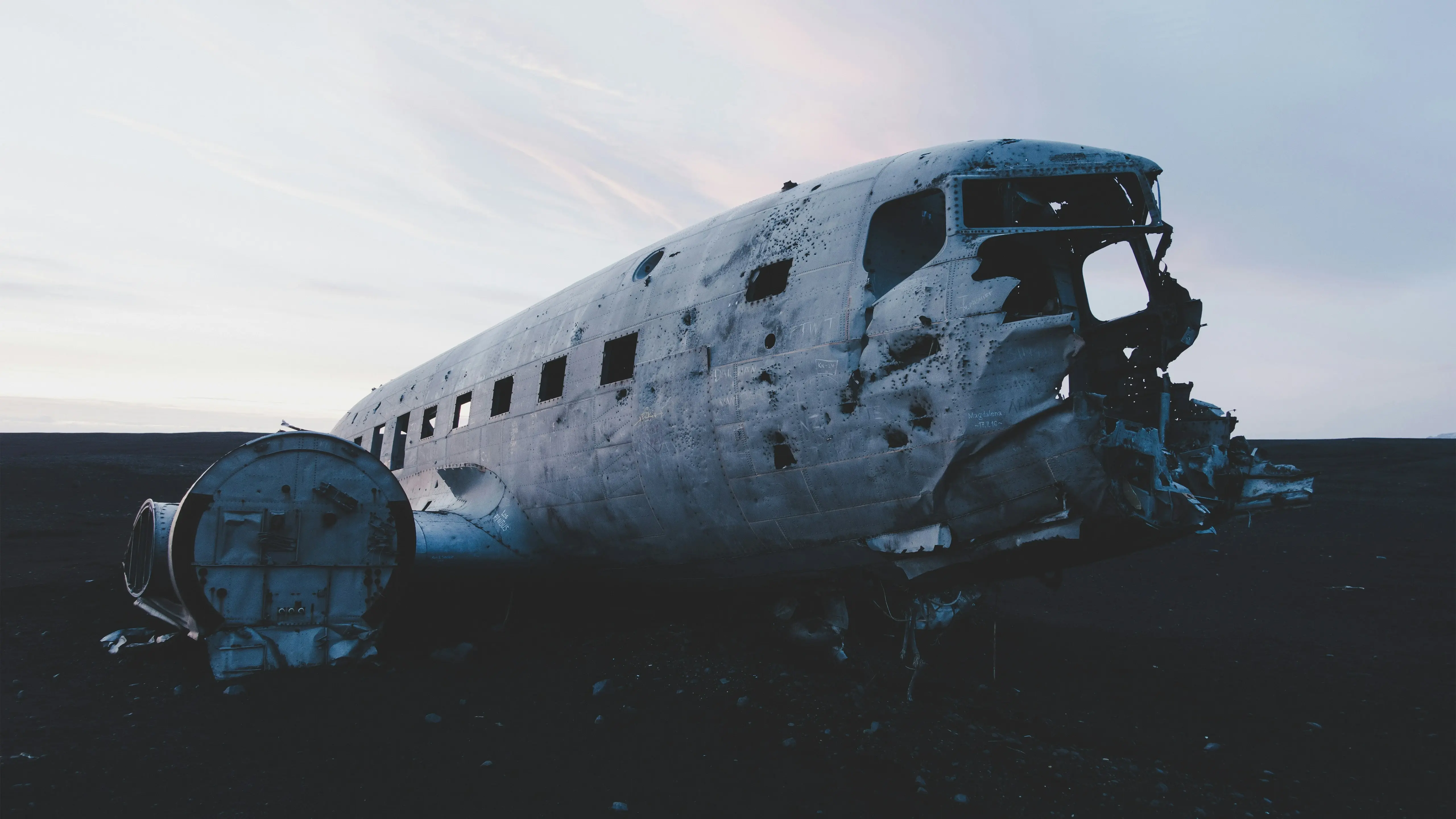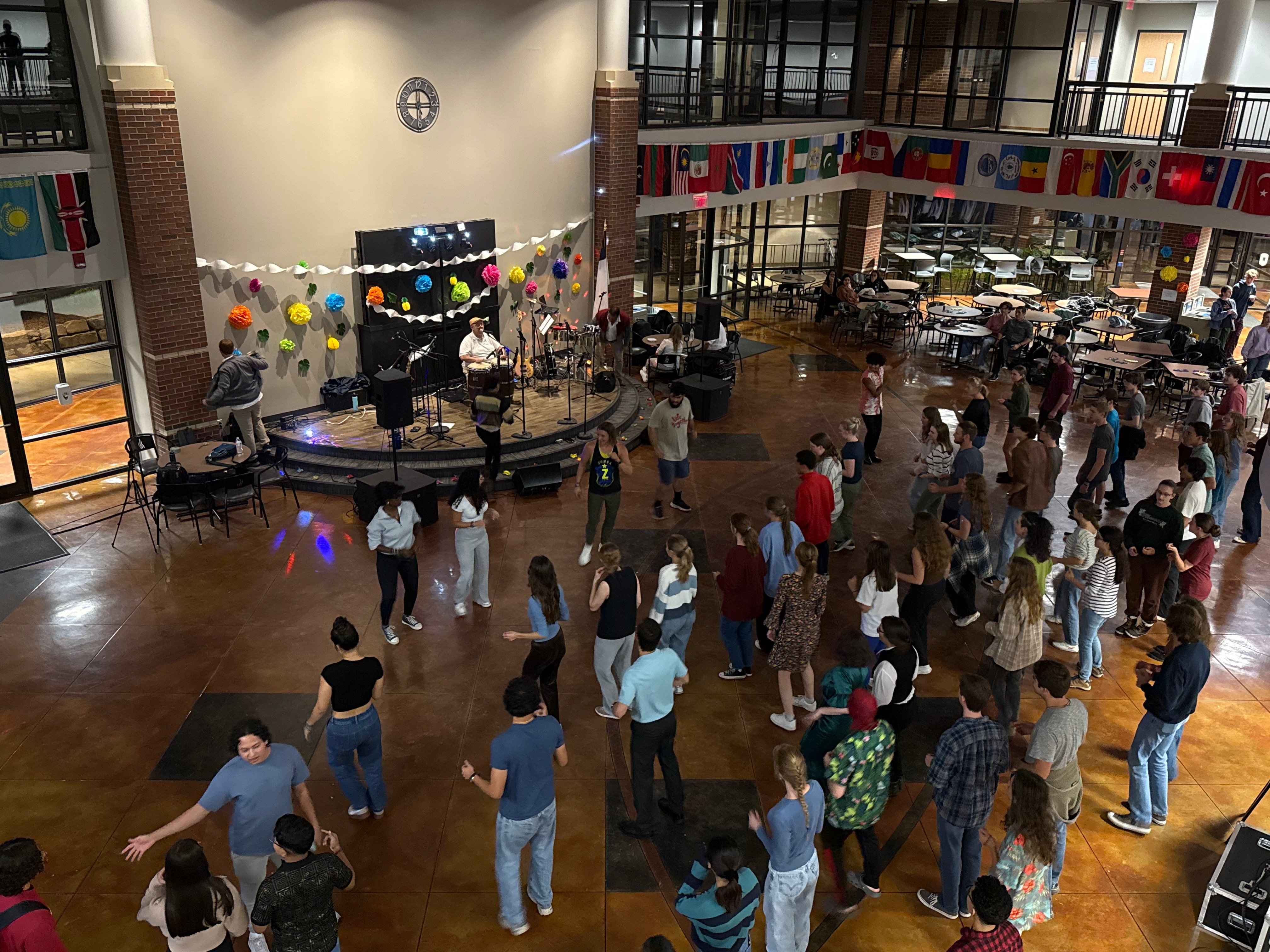A Delta Airlines flight from Minneapolis to Toronto ended in chaos on Feb. 17, when the aircraft flipped onto its roof upon landing at Toronto Pearson International Airport. While the 76 passengers and four crew members were evacuated, three individuals suffered critical injuries, one of which being a child. The cause of the accident remains unknown, though Canadian authorities have launched an investigation into the incident.
This alarming crash, however, is not an isolated event. In the past months, multiple aviation accidents have occurred across North America, raising concerns about flight safety.
On Jan. 29, a devastating midair collision between an Army helicopter and a commercial jetliner near Washington, D.C., claimed 67 lives, becoming the deadliest United States aviation disaster since 2001. Just a few days later, on Jan. 31, a medical transport jet crashed in Philadelphia, killing six passengers and an individual on the ground.
Alaska also faced tragedy on Feb. 7, when a commuter plane crashed into sea ice, killing 10 people. South Korea suffered a major aviation disaster as well in December 2024, when a Boeing 737-800 crashed in Muan, killing all 179 passengers onboard.
While aviation is statistically one of the safest modes of transportation, the frequency of these incidents has unsettled passengers and experts alike. With so many crashes occurring in such a short period, questions have arisen about the underlying causes.
Commercial aviation has long maintained an exceptional safety record, with fatalities remaining rare compared to the vast number of daily flights worldwide. However, recent close calls and deadly accidents have fueled concerns. A shortage of air traffic controllers, aging aircraft, extreme weather conditions and potential oversight failures have all been cited as contributing factors.
In the U.S., federal officials have warned for years about an overworked and understaffed air traffic control system. Recent aviation incidents have only heightened these concerns.
Compounding these worries is the Trump administration’s recent decision to lay off hundreds of Federal Aviation Administration employees, including engineers and technicians responsible for maintaining critical air traffic control infrastructure. These layoffs come despite the recent spike in aviation accidents.
According to the Professional Aviation Safety Specialists union, several hundred FAA workers received termination notices on Feb. 14, with many informed via email late at night. These cuts primarily targeted probationary employees, those with less than a year of experience who lack job protections.
While air traffic controllers were not included in the layoffs, concerns remain about the overall impact on aviation safety. The FAA has struggled with staffing shortages for years, and previous recruitment efforts were hindered by budget cuts. With the agency already short by approximately 800 technicians, lawmakers and industry leaders have warned that these dismissals could further jeopardize air travel safety.
Senator Maria Cantwell, a leading Democrat on the Commerce Committee, expressed alarm over the layoffs, emphasizing that the FAA's safety workforce should be a top priority.
“Now is not the time to fire technicians who fix and operate more than 74,000 safety-critical pieces of equipment,” Cantwell said. “The FAA’s safety workforce needs to be a priority for this Administration.”
Photo courtesy of Dion Tavenier on Unsplash

Celeste Masis
Celeste is a student at John Brown University.





